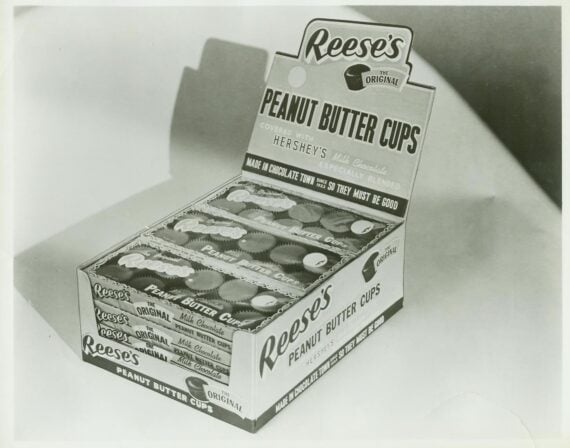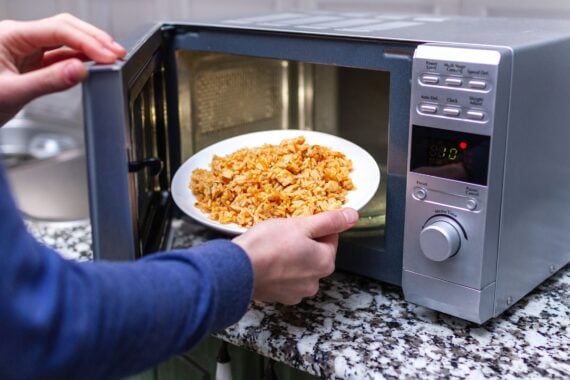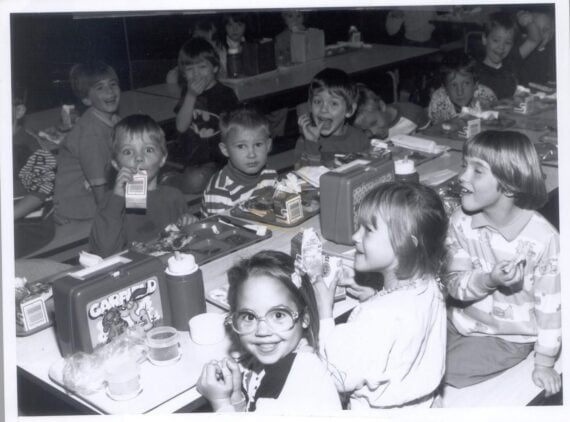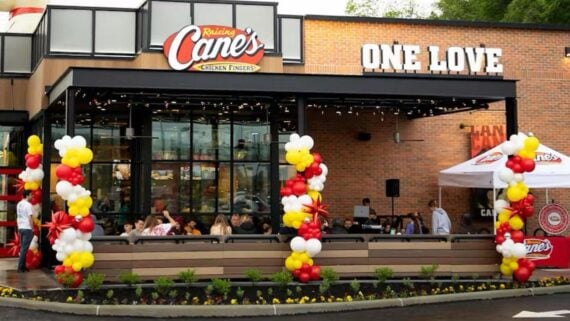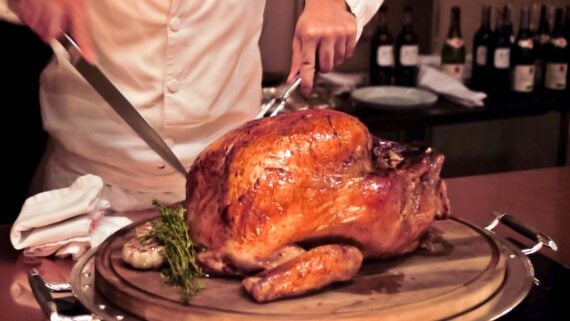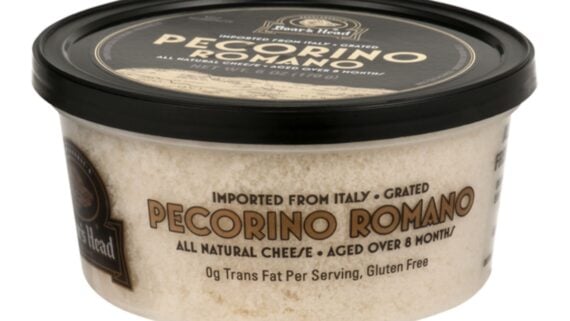Right up there with otters holding hands and double rainbows, candy is one of those things in life that just makes you happy. Candies have existed for thousands of years, long before vending machines and Halloween buckets.
Ancient cultures boiled honey into chewy sweets, and by the 1800s, sugar was cheap enough to turn candy into a full-blown industry. Since then, it’s become everything from a comfort food to a marketing goldmine.
Along the way, candies have picked up some weird, surprising, and downright ridiculous stories. Read on to learn about some of the more unusual facts about popular candies.
M&M’s Were Invented for Soldiers During WWII
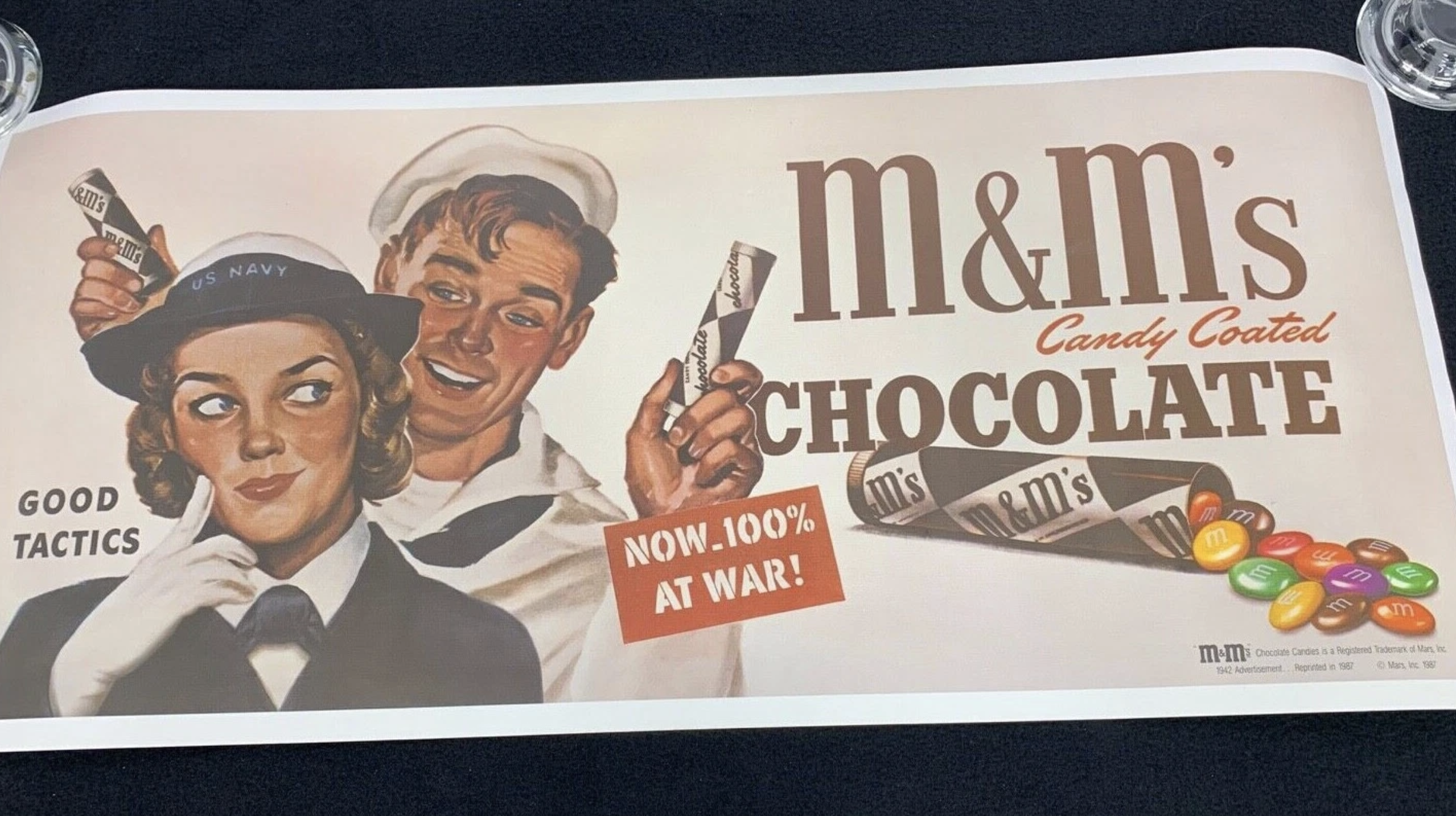
These days, anybody with a sweet tooth and a spare buck can grab a bag of M&M’s, but back in 1941, if you wanted the candy, you had to earn it in a foxhole. M&Ms were invented exclusively for American soldiers in World War II.
In 1941, Forrest Mars Sr. joined forces with Bruce Murrie (of Hershey’s) to make chocolate that wouldn’t melt in combat zones. They coated it in a hard candy shell and used Hershey’s chocolate — hence the name M&M (Mars & Murrie).
These were initially strictly military rations, not sold to the public. Soldiers loved them, and once the war ended, so did the exclusivity. By 1950, M&Ms had an “M” printed on them to distinguish them from knockoffs.
Reese’s Was Created by a Former Dairyman at Hershey
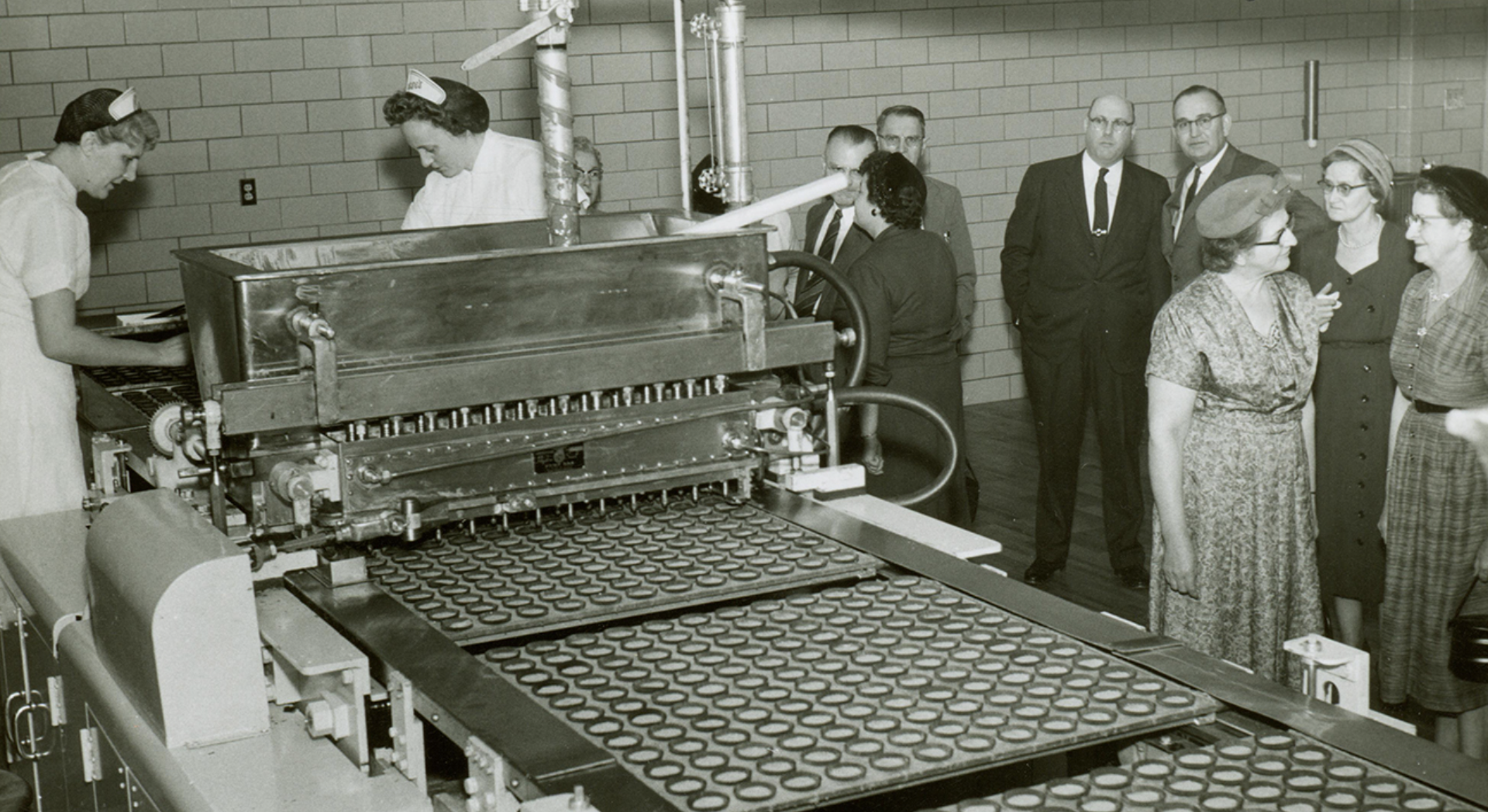
If you’ve ever wondered who to thank for these perfect little things, here’s your answer. Before becoming the king of peanut butter cups, Harry Burnett Reese was quite literally milking it — as a dairy farmer working for the Hershey company.
Tired of cows and looking for sweeter pastures, he started making his own candies in his basement using Hershey’s chocolate. In 1928, Reese mixed peanut butter and chocolate in a cup shape, unknowingly creating a candy empire. It took off like wildfire, and by 1963, Hershey bought the Reese’s brand for $23.5 million (a bargain, considering it’s now one of the top-selling candies in the U.S.).
Snickers Was Named After a Horse
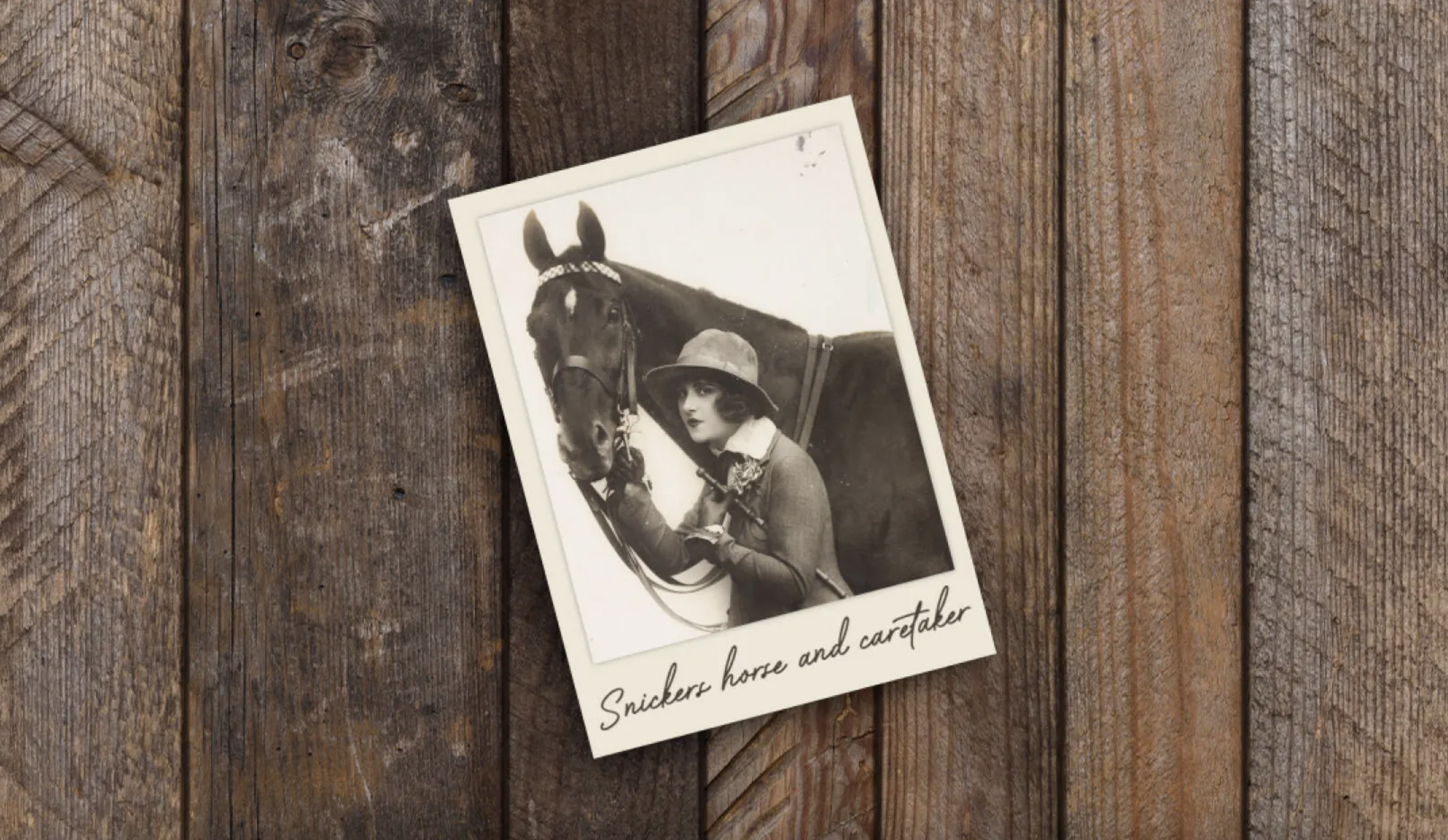
You know what every chocolate bar needs? A dead horse. In 1930, the Mars family named their new candy bar “Snickers” after their beloved horse, who had just trotted off to that big pasture in the sky. Somehow, it worked. It’s now one of the world’s best-selling candy bars. In the UK, however, the same candy bar had a less equestrian name — it was called “The Marathon Bar” from 1967 to 1990.
PEZ Was Originally a Mint for Adults Trying to Quit Smoking
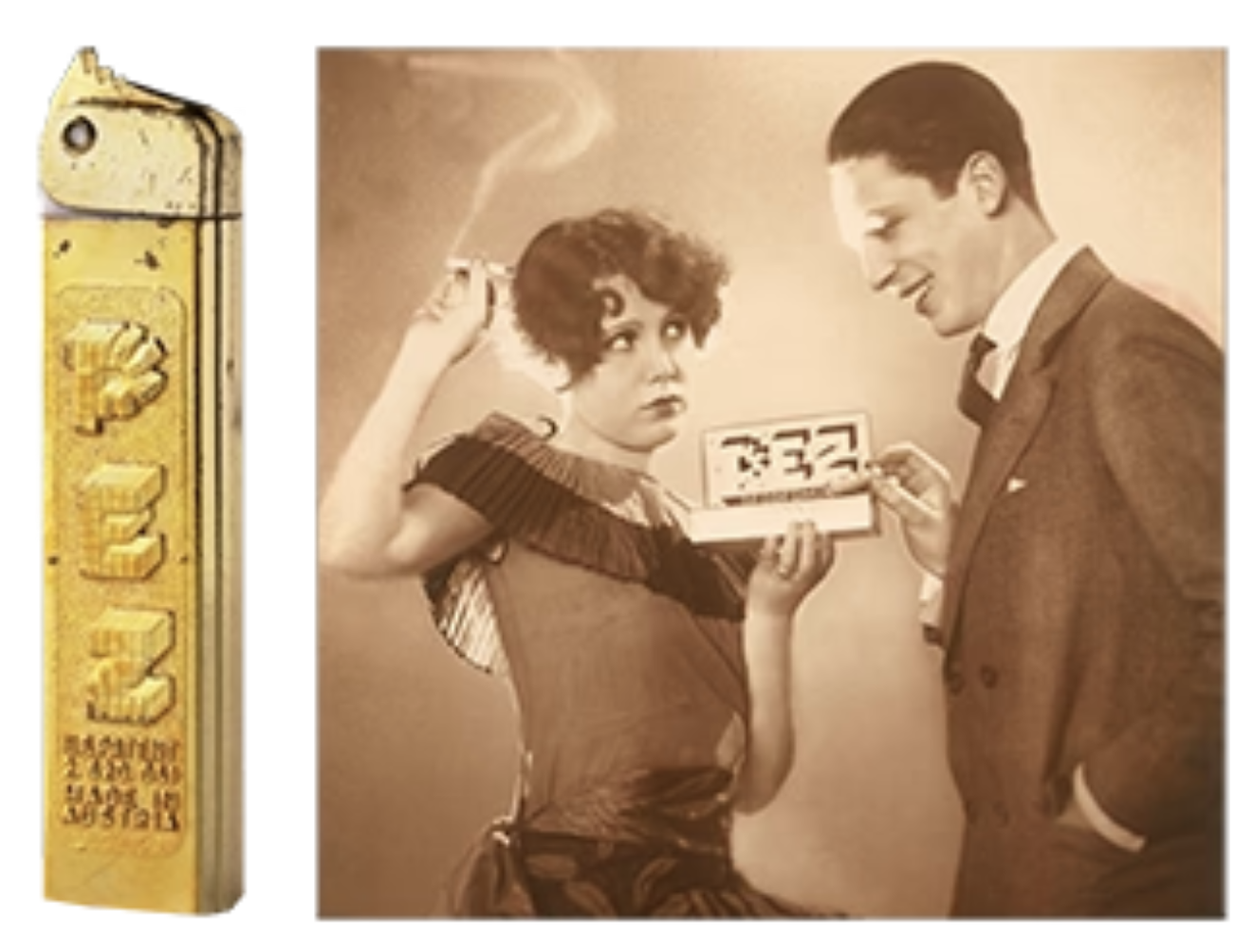
Before PEZ became the head-popping, cartoon-spewing candy we all traded in elementary school, it had a more grown-up mission: helping people quit smoking. Invented in Austria in 1927, PEZ — short for pfefferminz, the German word for peppermint — came in breath-freshening mint form. It was marketed with sleek, lighter-shaped dispensers to keep smokers’ hands busy. But by the time it hit the U.S. in the 1950s, nobody wanted healthy habits. So PEZ rebranded for kids with fruity flavors and fun dispensers.
Bubble Gum Is Pink Because It Was the Only Dye Available
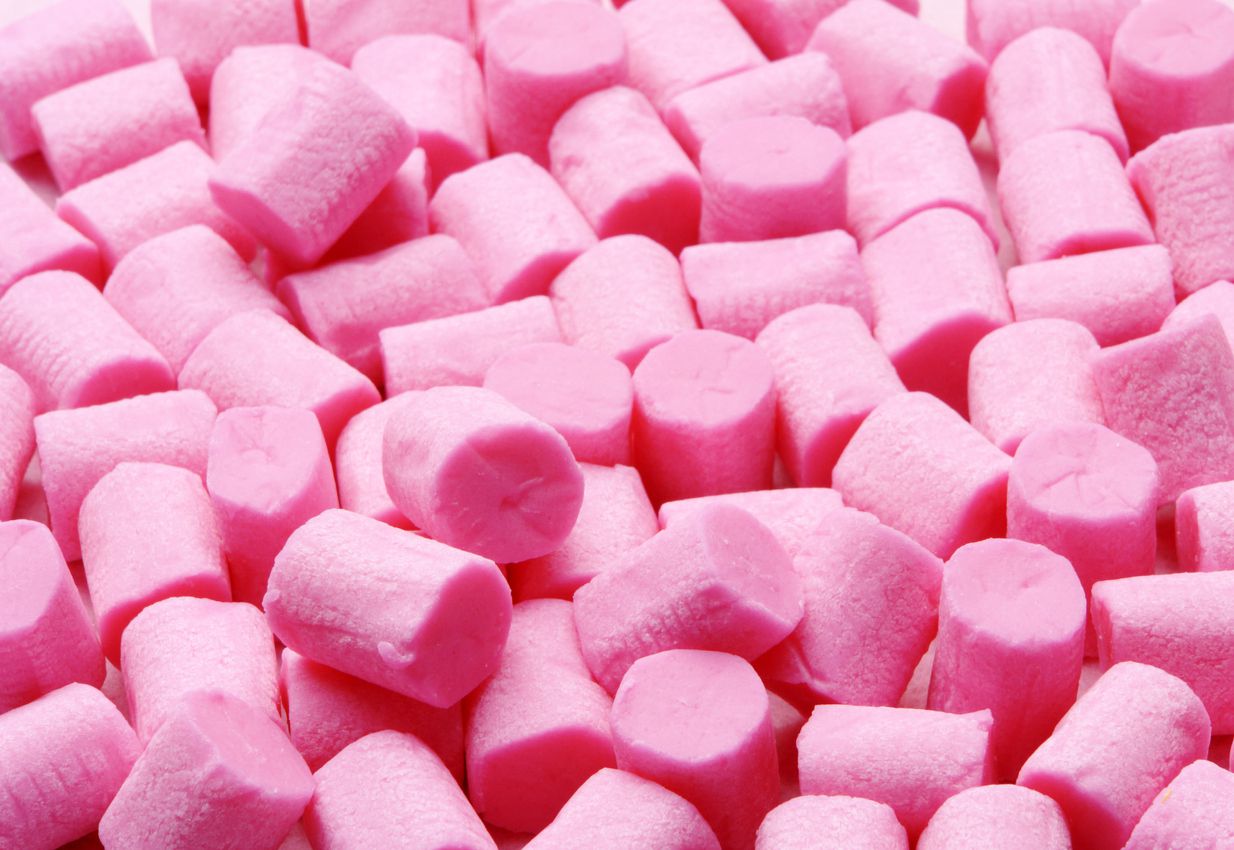
In 1928, when Walter Diemer invented modern bubble gum while working at Fleer Chewing Gum Company, the only food coloring available in the lab was pink. So he used it. People loved it. It stuck (literally and culturally). Ever since, pink became the default gum shade — even though now we have every color in the rainbow.
Trending on Cheapism
In Japan, There Are 300 KitKat Flavors, Including Wasabi and Sake
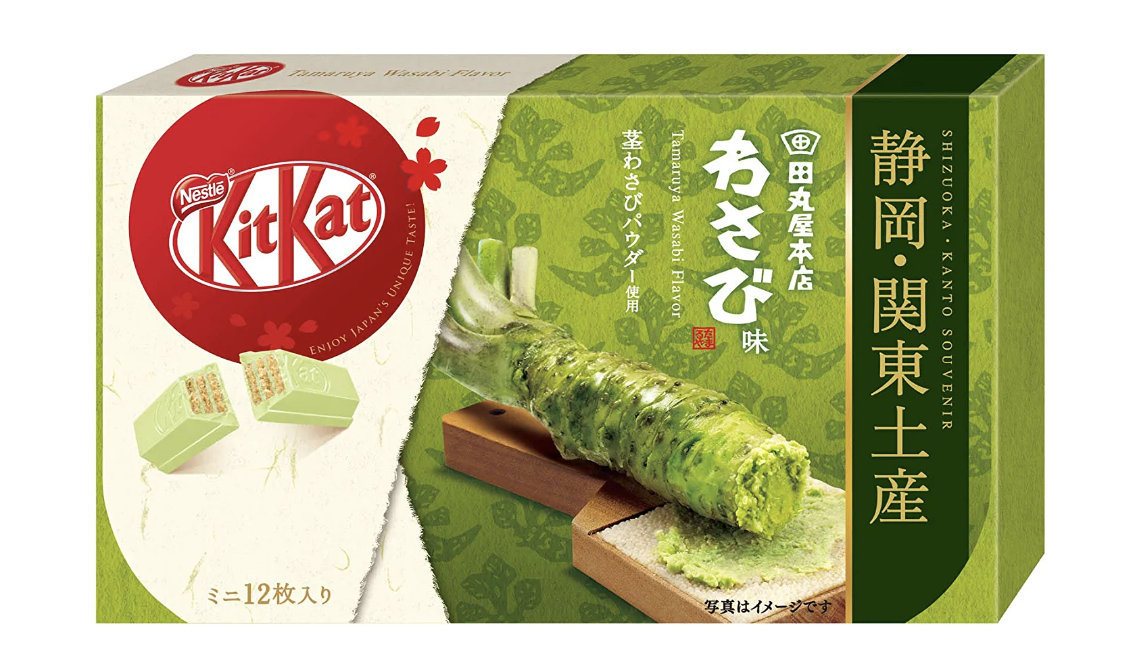
In Japan, KitKat is pronounced kitto katsu, which sounds like “you’ll surely win.” That little pun turned the candy bar into a national good-luck charm. People give them to students before exams, new hires before interviews — you get the idea. Nestlé, most naturally, took advantage of this and released hundreds of flavors to match the hype. Wasabi, sake, purple sweet potato, and baked corn… some are delicious, while others are crimes.
The Origin of ‘Mr. Goodbar’ Was a Misheard Compliment
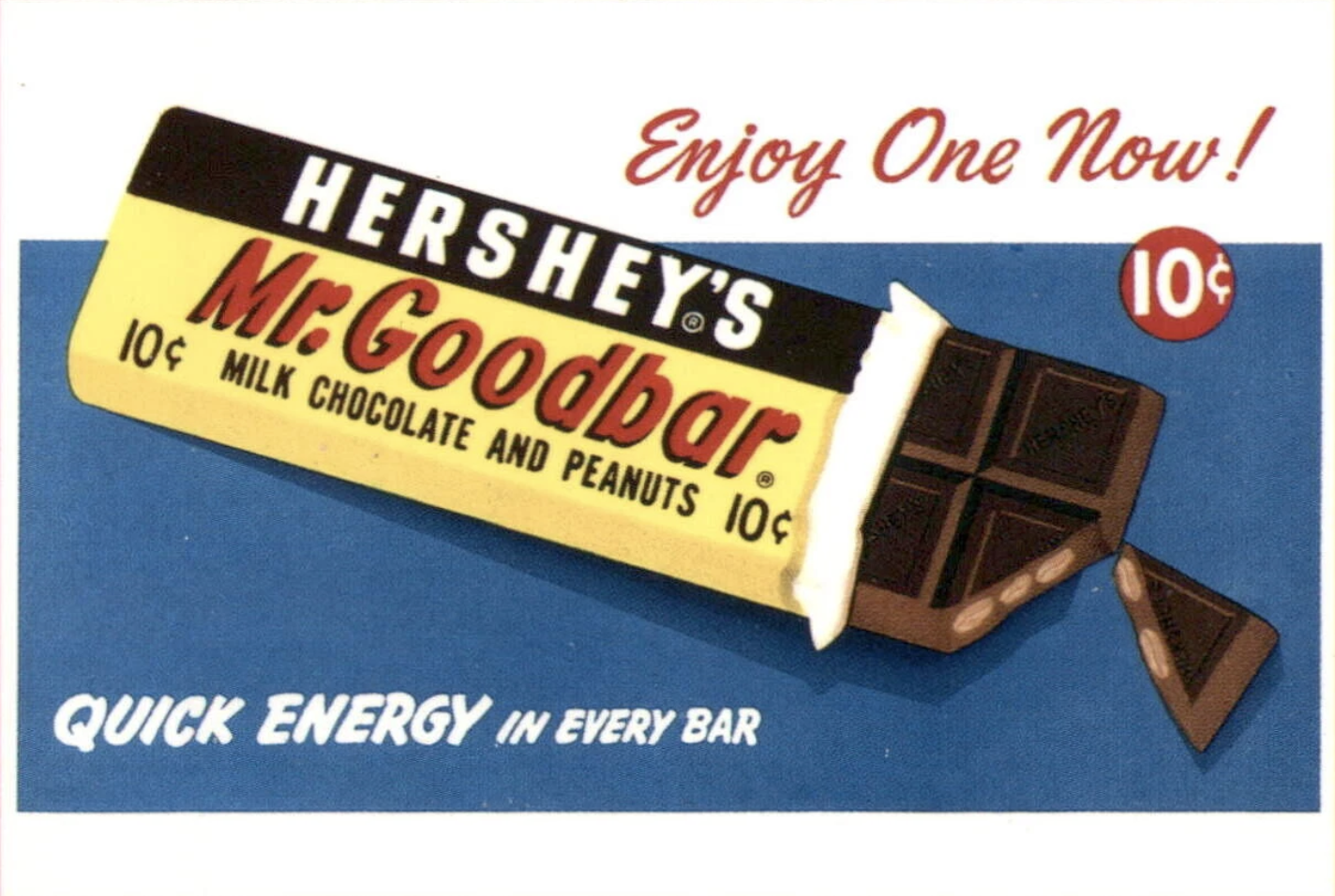
Mr. Goodbar’s name was born out of bad hearing. When Milton Hershey’s team tested a new chocolate-peanut combo in 1925, someone said, “That’s a good bar.” But one exec misheard it as “Mr. Goodbar” and thought it sounded catchy. Instead of correcting him, they rolled with it.
Hershey’s Kisses Have a Hidden ‘Kiss’ in the Logo
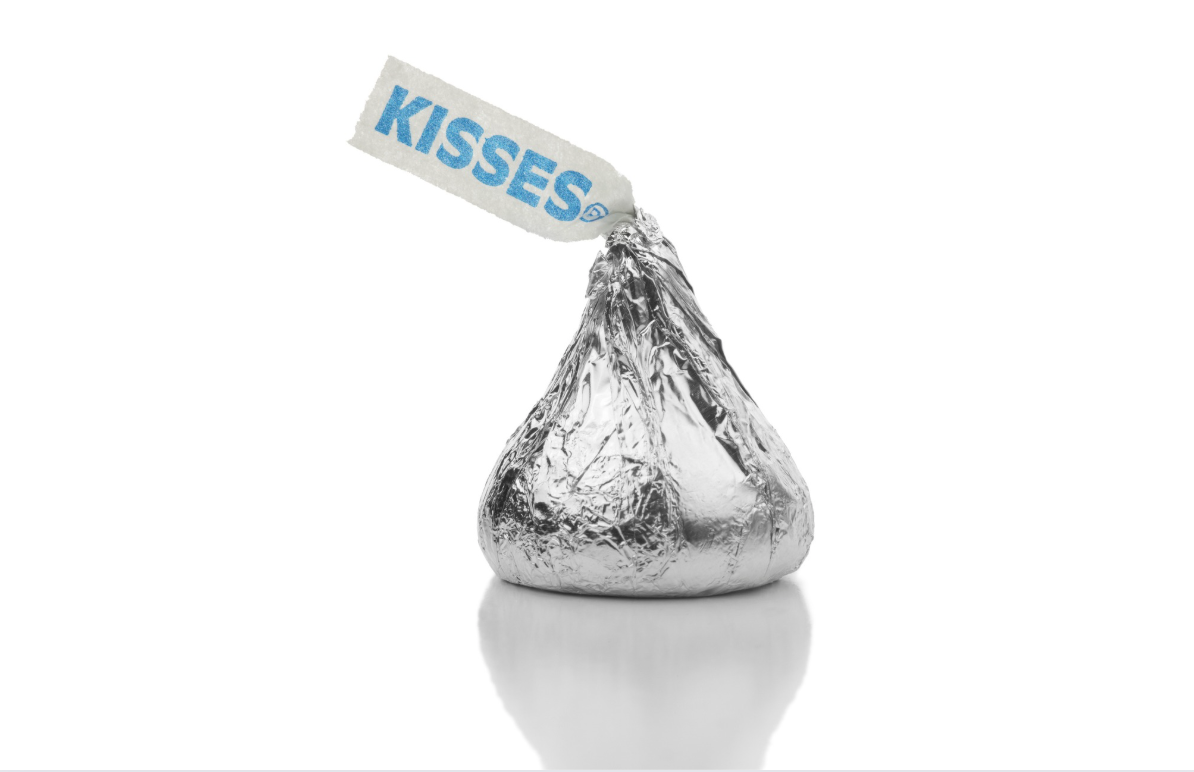
If you look at the Hershey’s Kisses logo and focus between the K and the I, there’s a tiny Kiss hiding in the negative space — tilted sideways like it’s being sneaky on purpose. Most people never notice it, even after years of inhaling Kisses by the handful. (And here are 17 more fun facts about Hershey’s Kisses.)
Sign up for our newsletter
No One Really Knows Why They’re Called Hershey’s Kisses
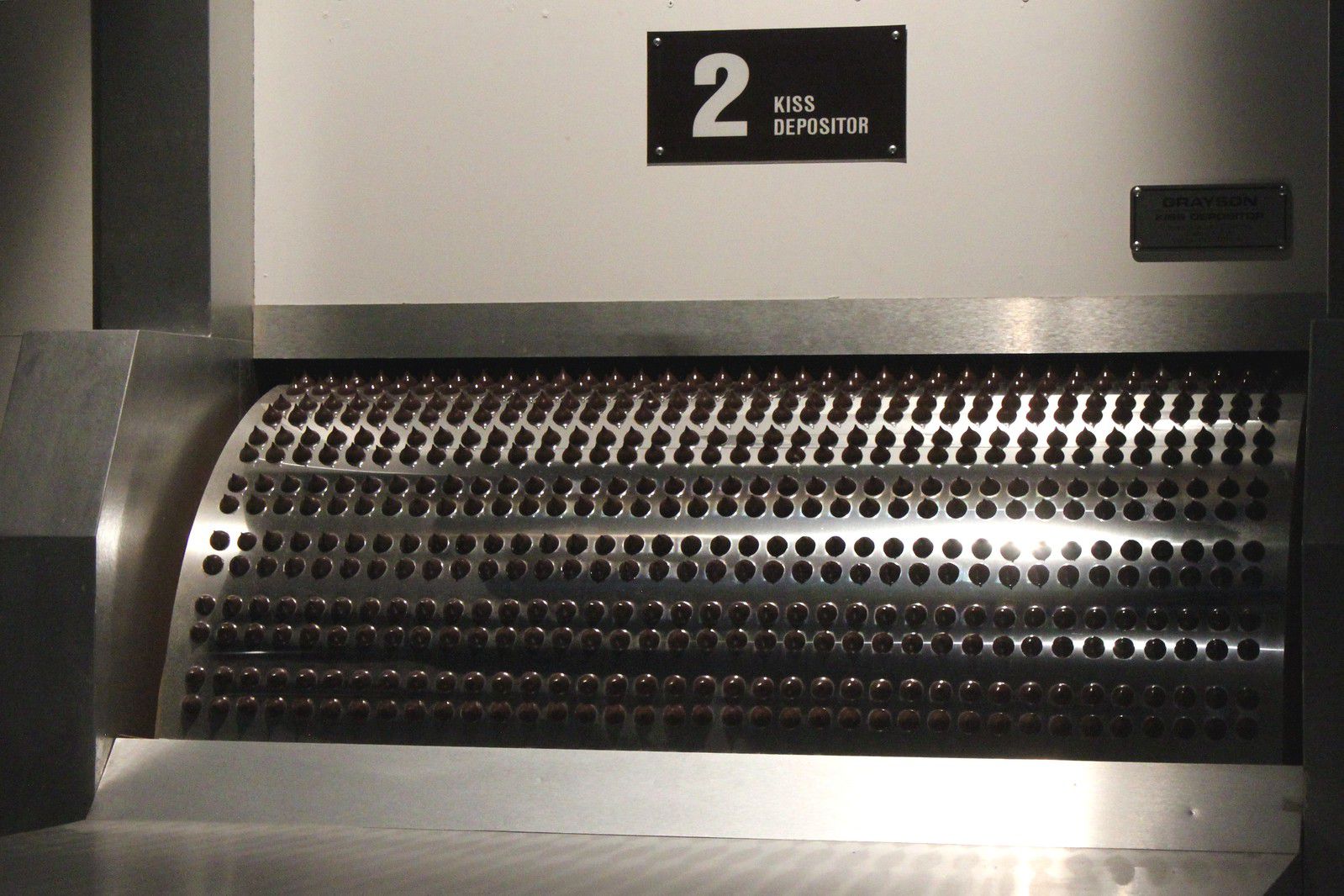
Hershey isn’t totally sure why Kisses are called Kisses. There are a few theories floating around. One says it’s because of the sound the machine makes when it drops the chocolate — kind of like a little smooch. Another points out that “kiss” was already being used for small candies before Hershey came along. So when they started making a bite-sized chocolate in 1907, the name just made sense.
Cotton Candy Was Invented by a Dentist
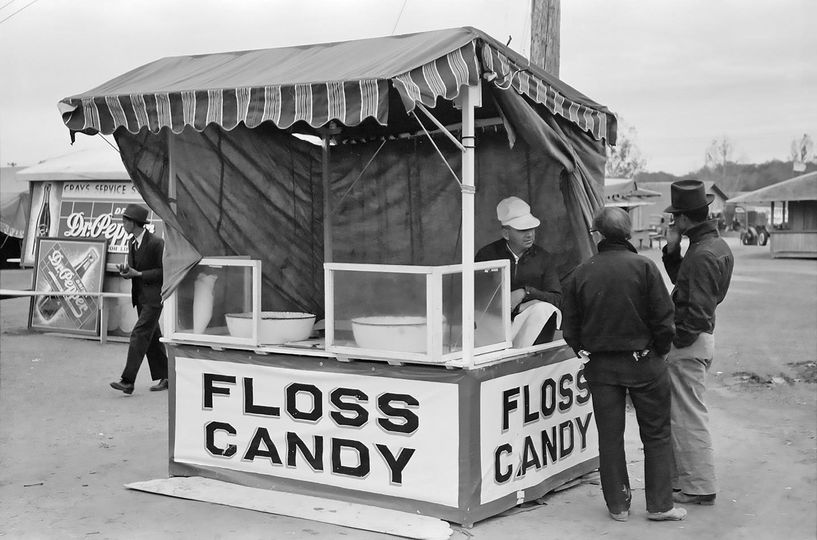
Well, that’s sneaky. The guy who makes a living telling you sugar will ruin your teeth also helped invent one of the most sugar-packed snacks on Earth. In 1897, dentist William Morrison teamed up with confectioner John C. Wharton to create a machine that spun melted sugar into fluffy, sticky strands. They debuted it at the 1904 World’s Fair, called it Fairy Floss (the irony), and sold 68,000 boxes. It was later rebranded as cotton candy. So yeah, your cavities are sponsored by a dentist. You can’t make this stuff up.
Candy Bars Were Marketed as Meal Replacements During the Depression
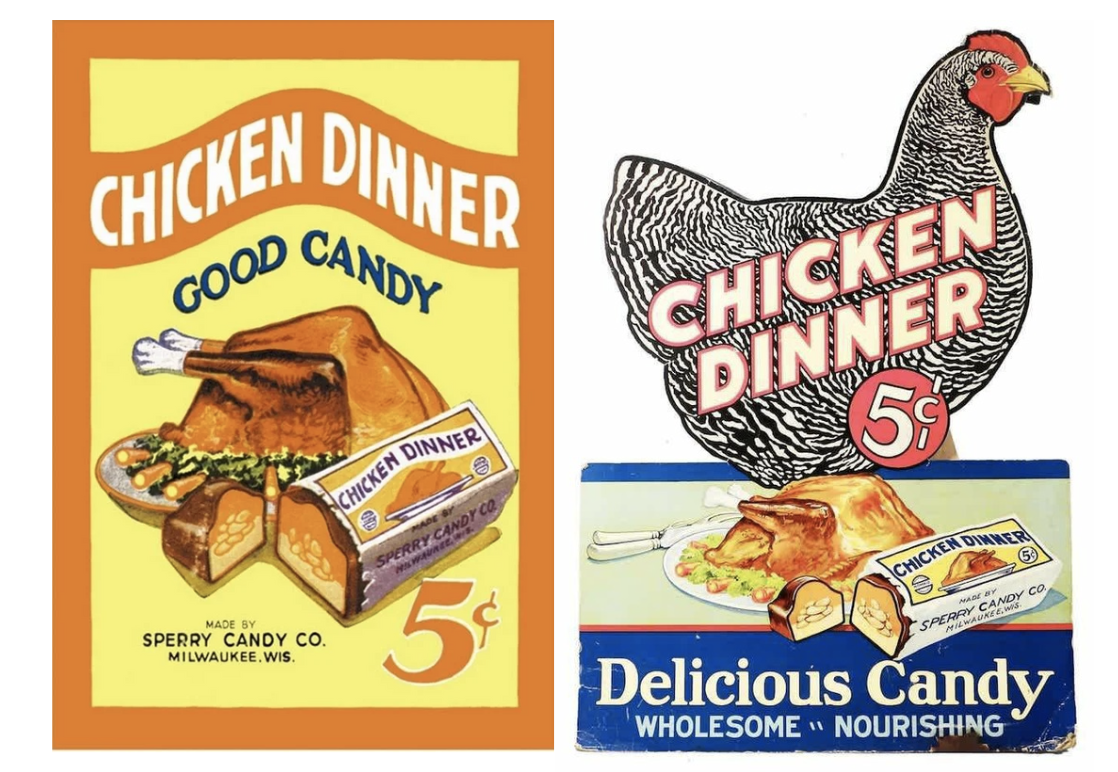
During the Great Depression, meat and dairy were expensive, while candy bars — just a few cents each — were packed with nougat, peanuts, and caramel. They didn’t spoil and gave people something sweet when everything else was in short supply. Brands leaned into this and gave candy bars names like Chicken Dinner, Denver Sandwich, PayDay, and 5th Avenue.
Babe Ruth Couldn’t Make a Candy Bar in His Own Name
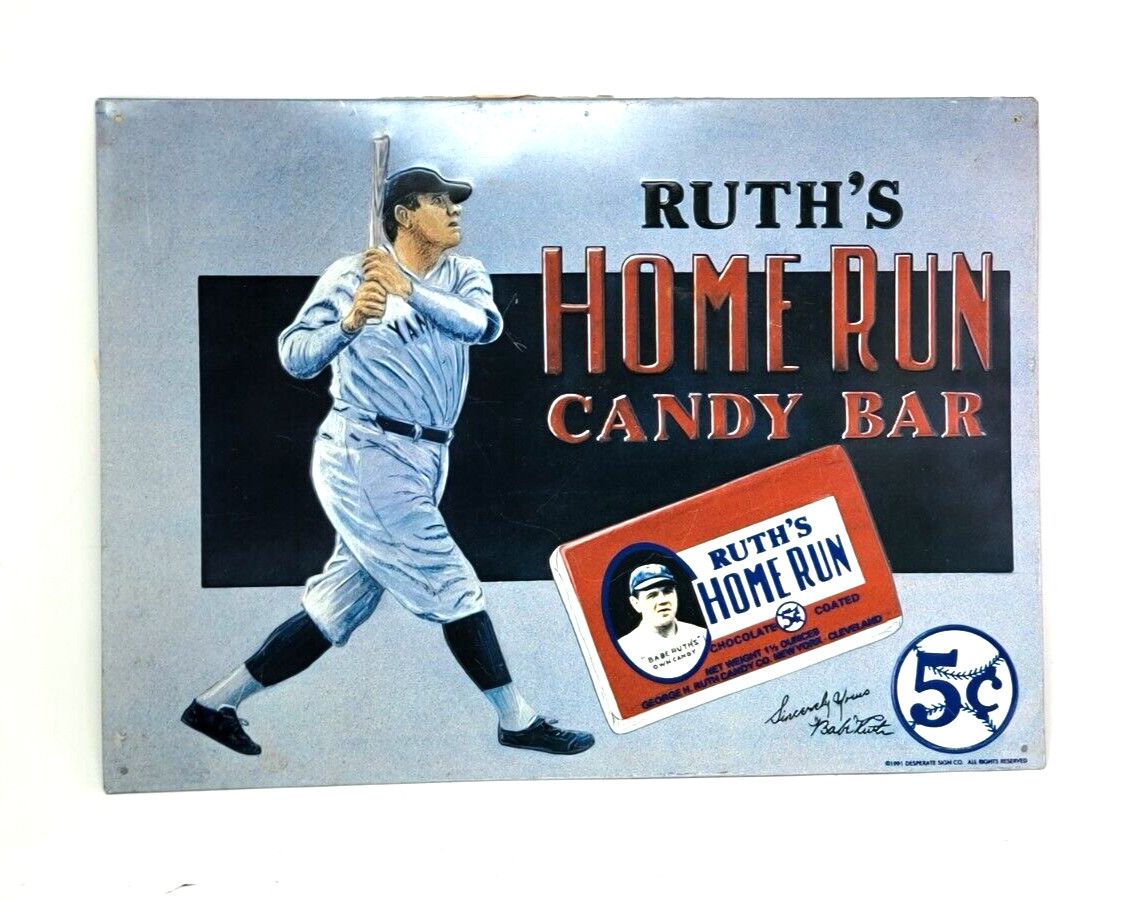
Babe Ruth wanted a candy bar with his name on it — but the Curtiss Candy Company got there first. In 1921, they launched the Baby Ruth bar and claimed it was named after President Grover Cleveland’s daughter, Ruth… who had died in 1904. Most people saw right through it. The timing was too perfect, and Babe Ruth was at the peak of his fame. He sued. He lost. Curtiss got to keep the name, and Babe never got his own candy bar.
Candy Corn Was Originally Called ‘Chicken Feed’

When candy corn first hit the market in the 1880s, it wasn’t meant for Halloween — it was meant to look like actual corn and was called Chicken Feed. Goelitz Confectionery (now Jelly Belly) made it by hand and sold it as a seasonal fall treat. The name eventually changed, but the candy stayed the same — sweet, waxy, and weirdly divisive. People still either love it or absolutely refuse to acknowledge its existence.
Broken KitKats Are Recycled into the Filling of New KitKats

KitKats are made of… KitKats. If a KitKat bar comes off the line looking wonky — cracked, crooked, or just not pretty enough it gets crushed up and mixed back into the filling of new KitKats. That creamy center between the wafers is made partly from rejected KitKats.
Werther’s Original Was Marketed as Grandparent Candy
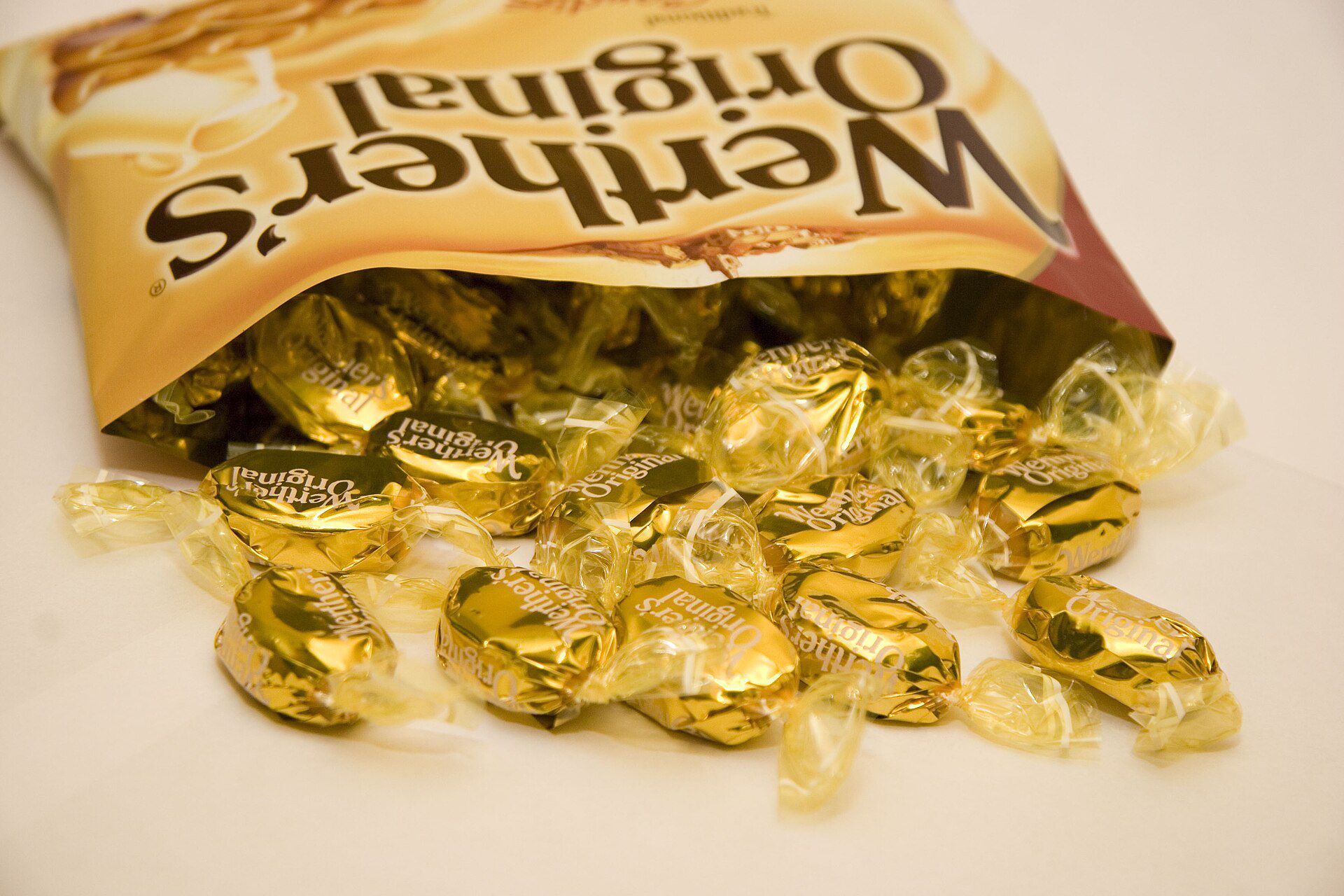
Werther’s Original wasn’t always “grandparent candy.” That image was carefully built in the late ’80s and ’90s when Storck launched ads featuring soft-spoken grandpas handing down caramel treats to wide-eyed grandkids. The goal wasn’t to reflect tradition — it was to create one. And it stuck. Werther’s became a pocket staple for sweet old men and a running joke in pop culture. The
